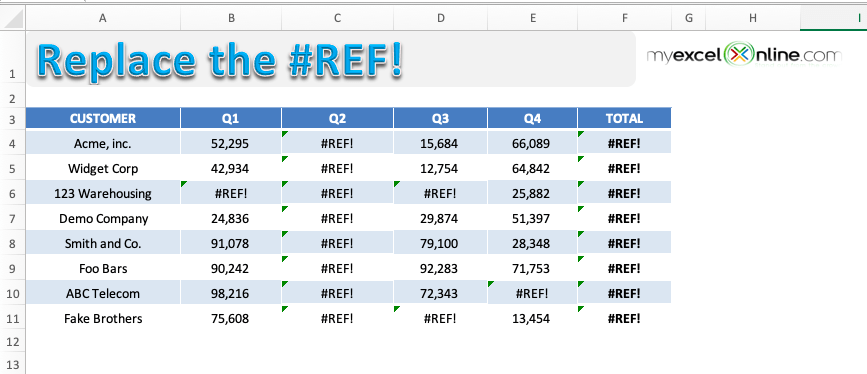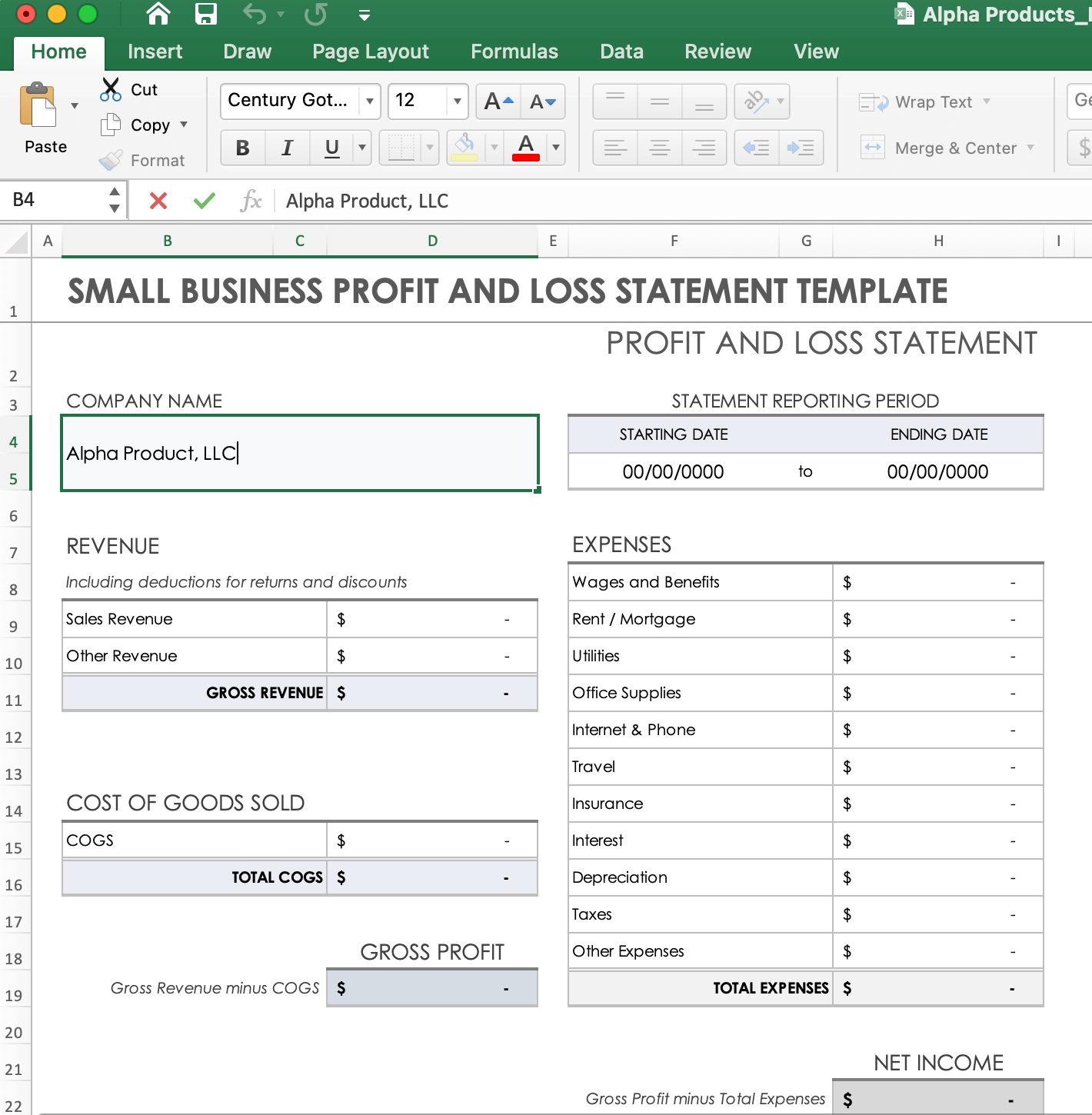Excel Links Not Working for Beginners
Wiki Article
What Does Excel Links Not Working Mean?
Table of ContentsLittle Known Facts About Excel Links Not Working.9 Easy Facts About Excel Links Not Working ExplainedAn Unbiased View of Excel Links Not WorkingThe Ultimate Guide To Excel Links Not WorkingWhat Does Excel Links Not Working Do?

However, variety calculation functions like either can not manage entire column references or determine all the cells in the column. User-defined features do not immediately acknowledge the last-used row in the column as well as, consequently, regularly compute entire column references inefficiently. It is very easy to program user-defined features so that they acknowledge the last-used row.

Not known Details About Excel Links Not Working
Utilizing the formula for a vibrant variety is usually more suitable to the formula due to the fact that has the negative aspect of being an unpredictable feature that will certainly be calculated at every recalculation. Efficiency reduces since the feature inside the dynamic array formula must check out several rows. You can reduce this performance decrease by storing the part of the formula in a different cell or defined name, and after that referring to the cell or name in the vibrant range: Counts!z1=COUNTA(Sheet1!$A:$A) Offset, Dynamic, Range=OFFSET(Sheet1!$A$ 1,0,0, Counts!$Z$ 1,1) Index, Dynamic, Range=Sheet1!$A$ 1: INDEX(Sheet1!$A:$A, Counts!$Z$ 1+ROW(Sheet1!$A$ 1) - 1,1) You can also utilize features such as to build vibrant arrays, but is volatile as well as always computes single-threaded.
Using multiple vibrant varieties within a single column needs special-purpose checking functions. Using lots of dynamic ranges can lower efficiency. In Workplace 365 version 1809 and later on, Excel's VLOOKUP, HLOOKUP, and MATCH for exact match on unsorted information is much faster than ever when seeking out numerous columns (or rows with HLOOKUP) from the exact same table array.
If you make use of the precise suit choice, the calculation time for the feature is proportional to the number of cells scanned before a suit is located. Lookup time making use of the approximate suit alternatives of,, and on sorted information is rapid and is not dramatically raised by the size of the array you are looking up.
What Does Excel Links Not Working Mean?
Make sure that you recognize the match-type as well as range-lookup alternatives in,, and. The following code example reveals the phrase structure for the function. MATCH(lookup worth, lookup selection, matchtype) returns the biggest match much less than or equal to the lookup worth when the lookup selection is arranged ascending (approximate match).The default choice is approximate match sorted rising. The adhering to code instance shows the syntax for the and features.
VLOOKUP(lookup value, table range, col index num, range-lookup) HLOOKUP(lookup value, table selection, row index num, range-lookup) returns the largest suit less than or equivalent to the lookup worth (approximate suit). This is the default choice. Table selection have to be sorted ascending. demands a precise suit hop over to these guys and presumes the information is not sorted.
Excitement About Excel Links Not Working
If your data is arranged, however you want a specific suit, see Use 2 lookups for sorted information with missing worths. Try using the and works instead of. Is a little quicker (about 5 percent faster), easier, and makes use of less memory than a combination of and also, or, the additional versatility that and offer commonly enables you to substantially save time.
The feature is quick and also is a non-volatile feature, which accelerates recalculation. The feature is additionally quick; however, it is a volatile feature, as well as it sometimes considerably enhances the moment taken to refine the estimation chain. It's very easy to convert to and. The following two declarations return the exact same solution: VLOOKUP(A1, Information!$A$ 2:$F$ 1000,3, False) INDEX(Information!$A$ 2:$F$ 1000, SUIT(A1,$A$ 1:$A$ 1000,0),3) Because precise match lookups can be sluggish, think about the following options for boosting performance: Use one worksheet.
When you can, the data initially (is quick), and make use of approximate suit. When you have to make use of a specific match lookup, restrict the array of cells to be checked to a minimum. Use tables and structured referrals or dynamic array names instead than referring to a big number of rows or columns.
Not known Incorrect Statements About Excel Links Not Working
Two approximate matches are dramatically faster than one specific suit for a lookup over even more than a couple of rows. (The breakeven point has to do with 10-20 rows.) If you can arrange your data but still can not use approximate match due to the find out this here fact that you can not make sure that the value you are searching for exists in the lookup array, you can utilize this formula: IF(VLOOKUP(lookup_val, lookup_array,1, Real)=lookup_val, _ VLOOKUP(lookup_val, lookup_array, column, True), "notexist") The very first part of the formula works by doing an approximate lookup on the lookup column itself.VLOOKUP(lookup_val, lookup_array, column, True) If the response from the lookup column did not match the lookup worth, you have a missing worth, and also the formula returns "notexist". Understand that if you look up a worth smaller sized than the tiniest value in the list, you get an error. You can manage this error by making use of, or by including More about the author a little test value to the checklist.
Beginning with Excel 2007, you can utilize the feature, which is both easy and also rapid. IF IFERROR(VLOOKUP(lookupval, table, 2 FALSE),0) In earlier versions, a straightforward yet sluggish means is to use a function which contains 2 lookups. IF(ISNA(VLOOKUP(lookupval, table,2, FALSE)),0, _ VLOOKUP(lookupval, table,2, FALSE)) You can avoid the dual exact lookup if you make use of specific once, store the lead to a cell, and afterwards check the result prior to doing an.
Report this wiki page